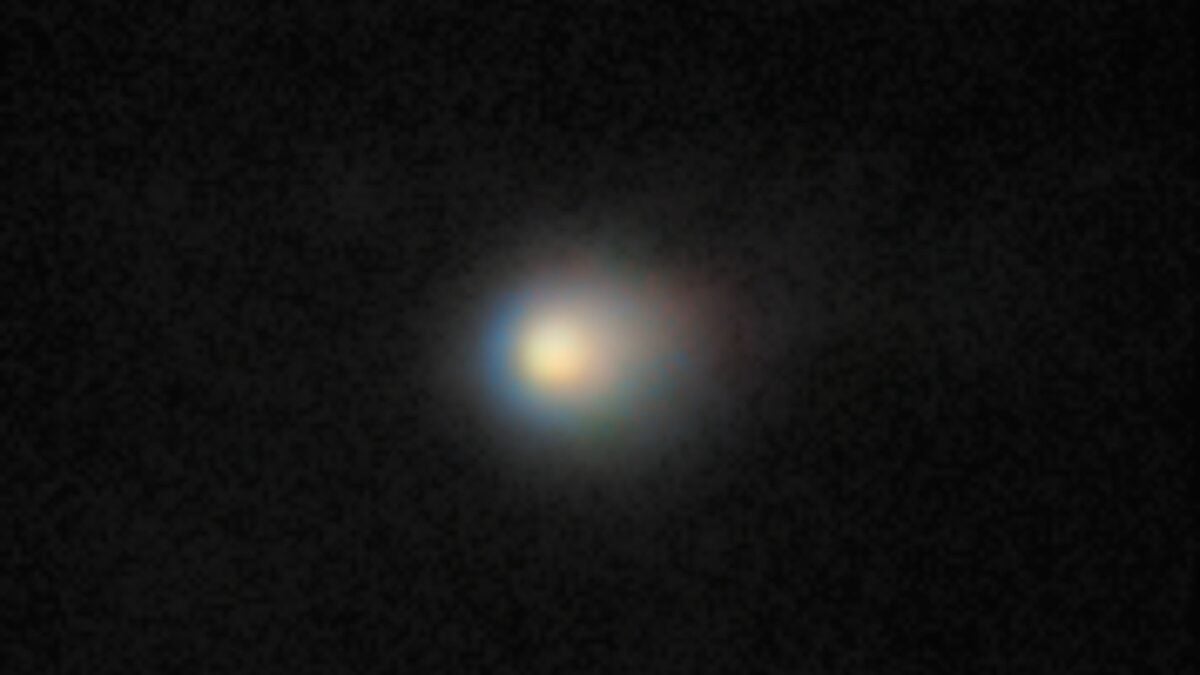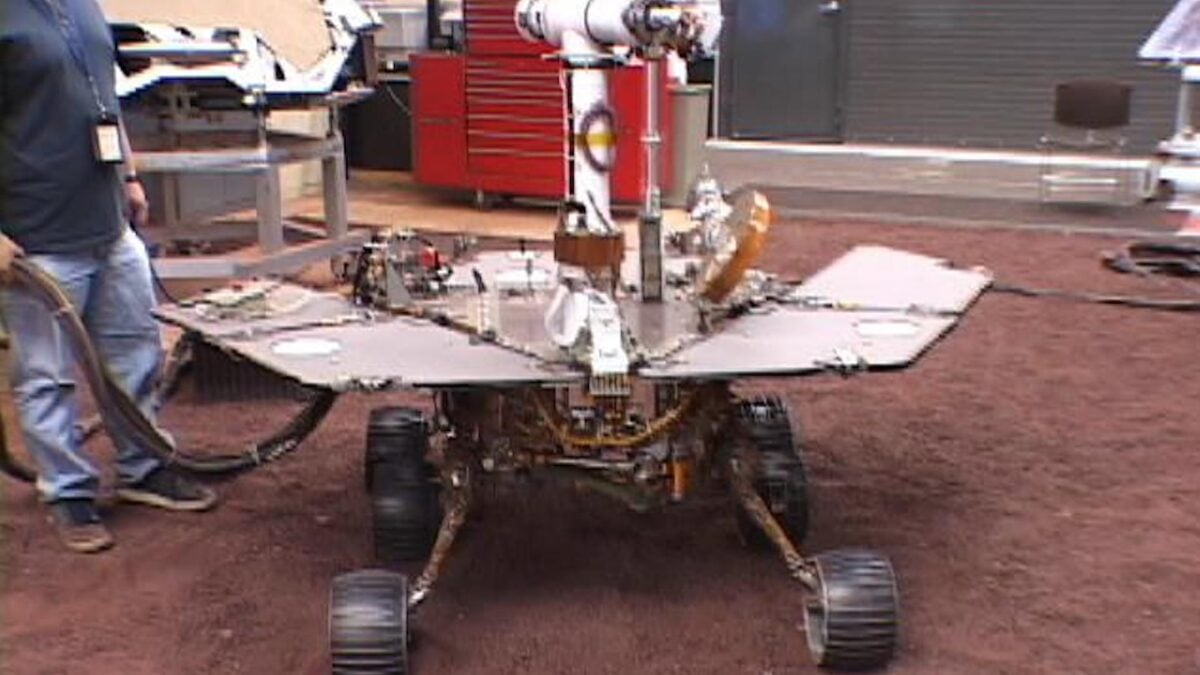Star Reaches Dazzling Finale with Double Explosion

Astronomers have, for the first time, witnessed a star meeting a dramatic end by exploding twice.
In a study published in Nature Astronomy, researchers analyzed the centuries-old remains of supernova SNR 0509-67.5 with the European Southern Observatory’s Very Large Telescope, finding the first visual evidence of a star’s “double-detonation.”
Most supernovae are the explosive result of massive stars collapsing when they exhaust their nuclear fuel. Others, though, come from white dwarfs, the inactive cores left over after smaller stars like our Sun run out of fuel.
“The explosions of white dwarfs play a crucial role in astronomy,” Priyam Das, a PhD student at the University of New South Wales Canberra, Australia, and a study co-author, said in a statement. “Yet, despite their importance, the long-standing puzzle of the exact mechanism triggering their explosion remains unsolved.”
When they share a star system with another star, white dwarfs can produce what astronomers call a Type Ia supernova. These supernovae occur only in binary star systems, when a white dwarf, like a selfish sibling, steals material from its companion star until it grows to a critical mass. At this point, the white dwarf becomes unstable, resulting in a massive explosion.
Recent studies have hinted that this might not be the whole story. Astronomers have theorized that at least some Type Ia supernovae could actually be the result of not one but two explosions. In this scenario, the white dwarf blankets itself in helium-rich material stolen from its partner star. That helium becomes unstable and detonates, sending a shockwave through the inactive star. This triggers yet another blast starting in the star’s core, ultimately creating a supernova.
Astronomers predicted that a double detonation would leave a unique fingerprint in a supernova’s remains, visible long after the initial explosion. Until now, astronomers didn’t have any visual evidence of this fingerprint. But they were finally able to find some in studying supernova SNR 0509-67.5, by observing it with the Multi Unit Spectroscopic Explorer (MUSE) on the European Southern Observatory’s Very Large Telescope. The analysis allowed the researchers to determine the distribution of different chemical elements, displayed in the image as different colors. They clearly saw distinct layers of calcium, arranged in two concentric shells. These two layers provide evidence that the star experienced two blasts.
The results were “a clear indication that white dwarfs can explode well before they reach the famous Chandrasekhar mass limit, and that the ‘double-detonation’ mechanism does indeed occur in nature,” Ivo Seitenzahl, a researcher at the Heidelberg Institute for Theoretical Studies in Germany, said in a statement.
Besides being extremely cool, Type Ia supernovae are also key to studying the universe’s expansion and dark energy, as their consistent behavior and predictable brightness can help astronomers measure distances in space.
And, as a bonus, it’s visually stunning. “This tangible evidence of a double-detonation not only contributes towards solving a long-standing mystery, but also offers a visual spectacle,” Das said in a statement, describing the “beautifully layered structure” that a supernova creates.








